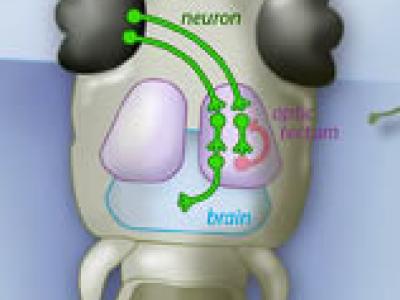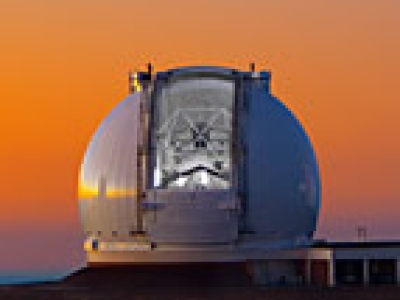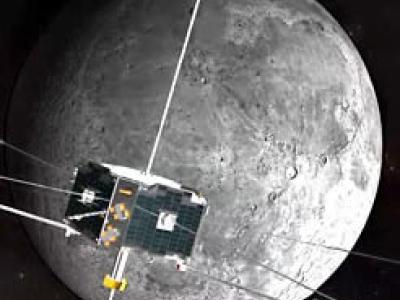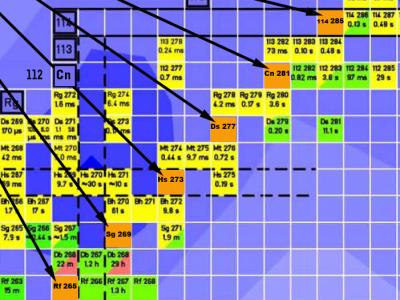Grant launches Berkeley Economic History Lab
The University of California, Berkeley’s Department of Economics is the recipient of a $1.25 million grant from the Institute for New Economic Thinking (INET) to develop a Berkeley Economic History Laboratory to train more historically literate economists who can contribute to policy debates and help avoid devastating economic crises.









